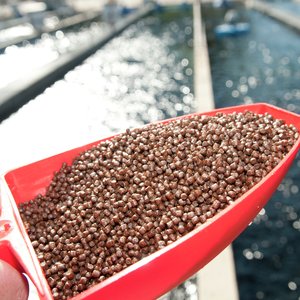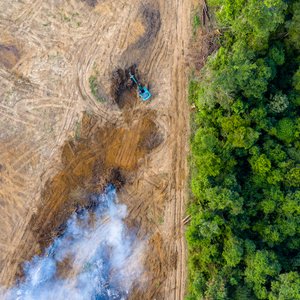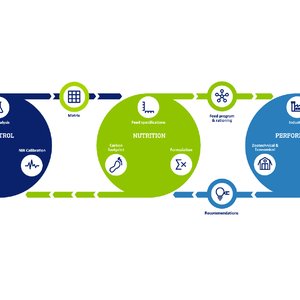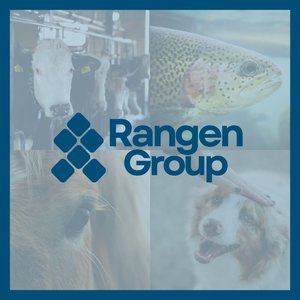dsm-firmenich has released the results of the World Mycotoxin Survey from January to December 2024.
Each year since 2004, dsm-firmenich has analyzed a large number of feed samples from all around the world to understand and monitor contamination levels of the different mycotoxins in a variety of feed ingredients. This information is shared in the annual dsm-firmenich World Mycotoxin Survey.
The survey identifies mycotoxin risks based on animal species and location.
Until December 2024, a total of 28,388 samples were collected and analyzed from 95 countries around the world. Compared to 2023, results concluded that all six main mycotoxins increased, including aflatoxin, zearalenone, vomitoxin, fumonisins, T-2 mycotoxin and ochratoxin A.
Risk increased in Central Europe, as well as in the Middle East and North Africa compared to 2023. Risk remains extreme with the highest regions of mycotoxins found in North and Central America, South Asia, China and Taiwan.
The mycotoxin risks that threaten feed quality and animal performance globally vary across regions worldwide, with multiple kinds of mycotoxins often occurring together.
Additionally, a range of key by-products and alternative feed components were tested, analyzing metabolites found and their prevalence with numerous mycotoxins discovered. The global contamination of key byproducts and alternative feed components is summarized in the dsm-firmenich Mycotoxin Survey.
Ursula Hofstetter, head of Mycotoxin Risk Management at dsm-firmenich Animal Nutrition & Health, stated that “the persistent presence of mycotoxins continues to pose a threat to animal welfare, productivity, and sustainability in agriculture. These results once again underscore the critical need for effective mycotoxin management strategies. Implementing such strategies is crucial for maintaining the profitability of both the feed industry and animal protein sectors as well as ensuring feed and food safety."
Find more information here.










